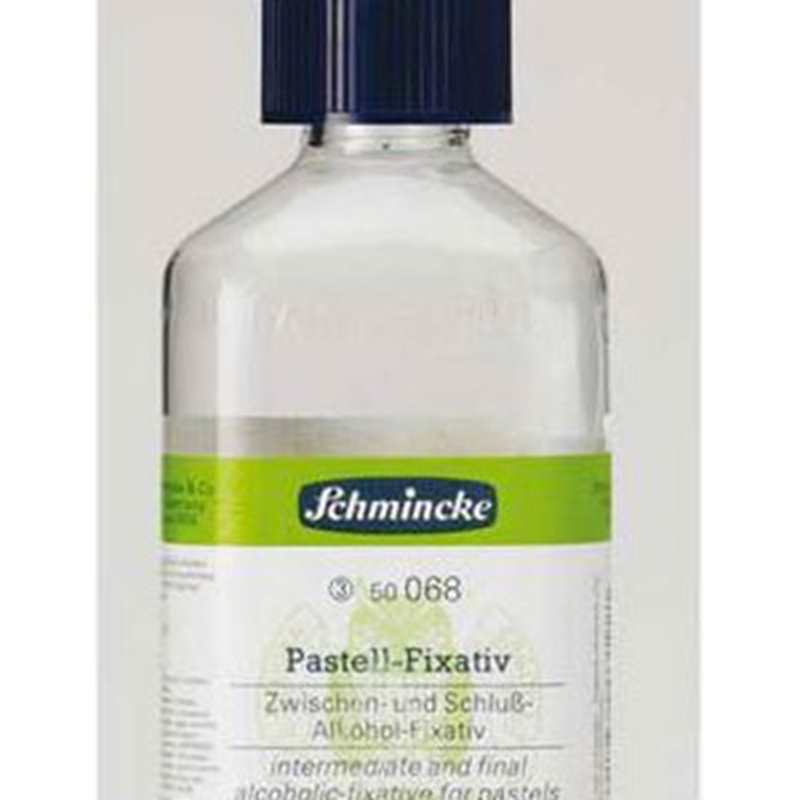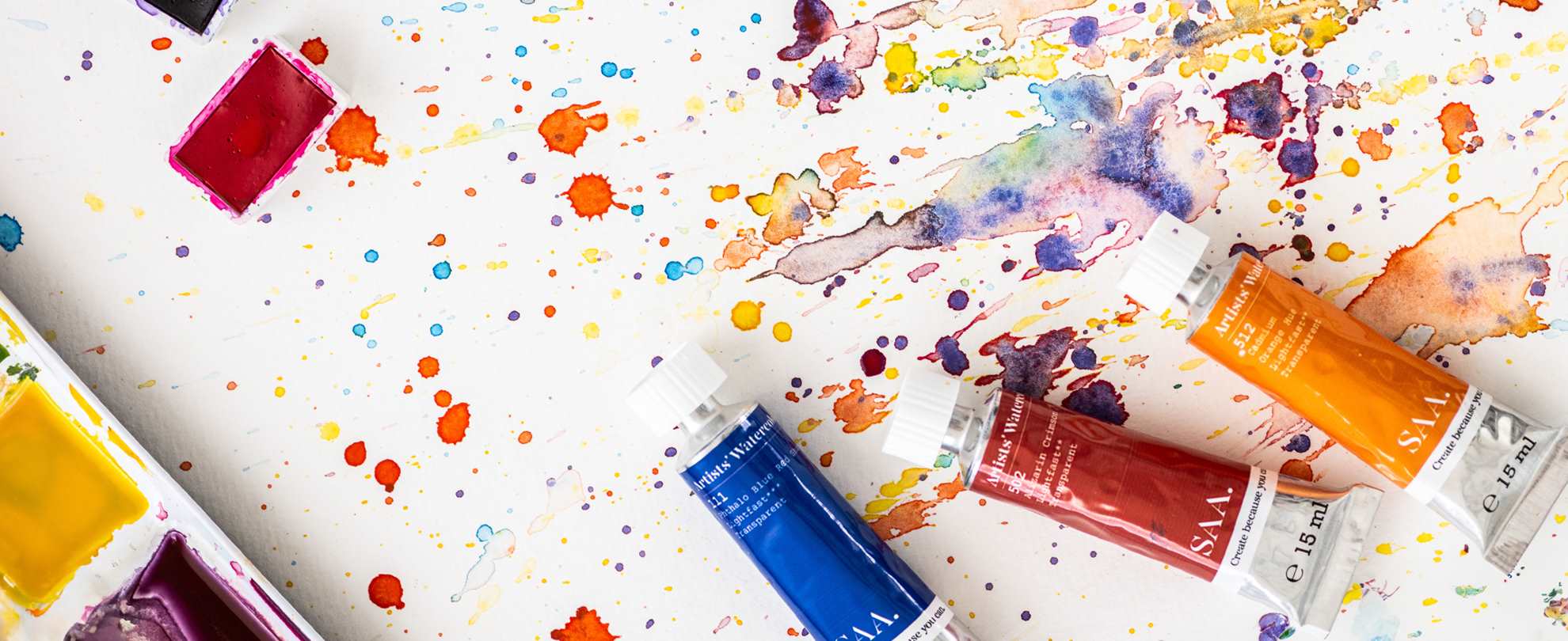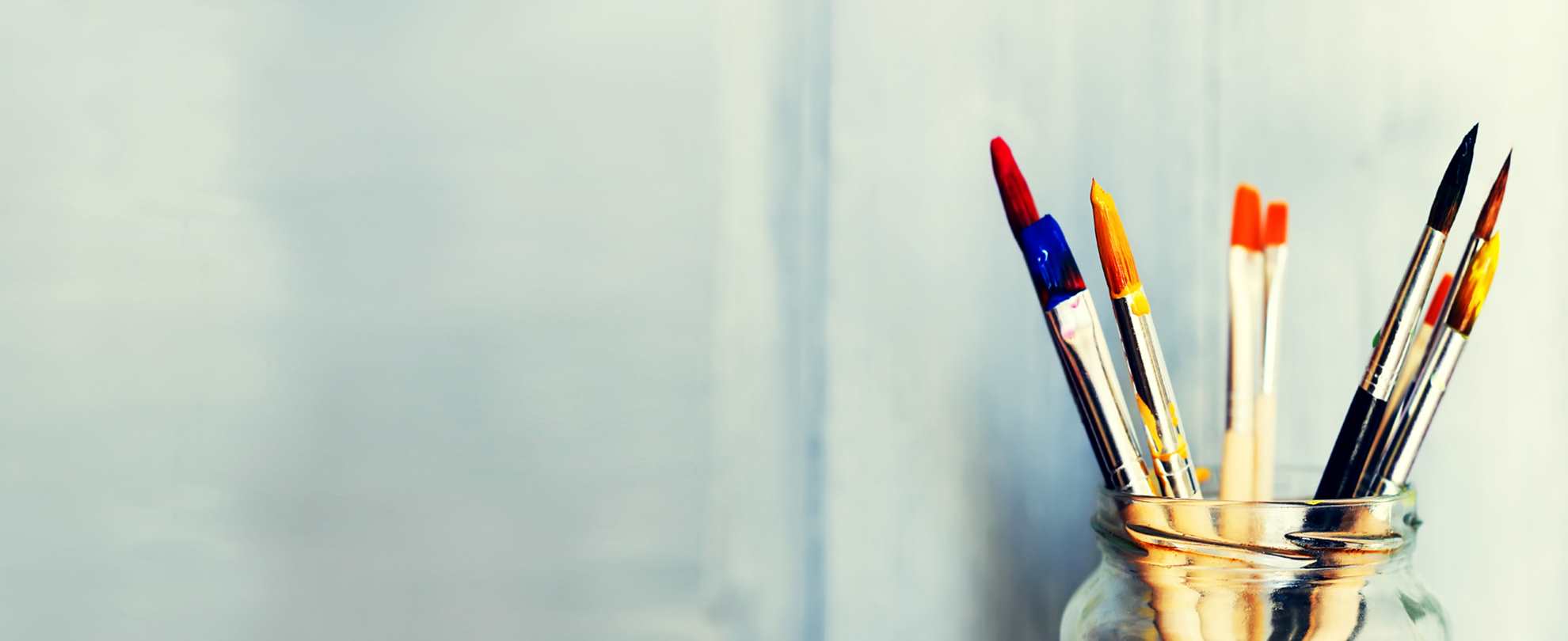

Schmincke’s finest handmade soft pastels
Pastel painting has enjoyed great popularity for centuries, uniting drawing techniques with an intense colour effect. The extra-fine pastels by Schmincke are as soft as velvet and silk with a particularly soft and intense colour application as a result of their formulation and the traditional production technique. The colour spectrum of 400 shades allows limitless artistic possibilities, whether used in their pure form on specialist pastel paper, in mixed-media techniques or also - on the special Schmincke primers - on canvas. A professional range of fixatives ensures that the observer can also enjoy the unique results over a long period.


Brilliant colours as soft as silk and satin
Working with Schmincke pastels leads you back to the origin of colour. Schmincke’s round pastel sticks consist only of the finest artists’ pigments (without chalk!) and a minimum amount of binder. The binder content is so small that the medium-fine ground pigments only just achieve a stable bond.
Important to know: Schmincke finest extra-soft pastels are not oil pastels, where a mixture of different oils and wax are issued as a binder. Not only are the recipes different, but the production process and application of those oil pastels differ in significant points.


Traditionally crafted pastels
The unusual formulation of Schmincke pastels, which guarantees a unique strong colour application, also requires an equally unique production process: Traditional Craftsmanship. In this traditional and time-consuming process, screw presses are used first to shape the pre-kneaded dough into round strands, which are then removed by hand and cut into the right length in wire-strung frames. The sticks are still damp and left to dry in the air for 8 days before they are labelled by hand.
It is not possible to produce Schmincke pastels using machines because of the particularly fine formulation - the expensive sticks could break. The guaranteed consistency of quality and softness across all production cycles is crucial, which means that artists know that the colour will always have the same quality.


Unlimited variety of colour
The Schmincke pastel range consists of 400 colours and is largely based on a certain colour principle - the series of 5 colours: These series contain, in addition to the pure tone, three white and one black graduation. This row of 5 is marked with the letters B, D, H, M, O. They indicate the degree of graduation and were historically created at Schmincke.
The pure tone is marked with D. The black graduation is marked with a B and is darkened by the addition of a black pigment, the PBk11 iron oxide black.
The three white graduations H, M and O, make the colour tone brighter and brighter due to the increasing white content of the PW6 titanium opaque white pigment:
H is the 1st white graduation, M is the 2nd white graduation, O is the 3rd white graduation.

What is all this for?
Unlike other painting techniques, in which colours can be easily mixed, this is not possible in soft pastel painting. Although different colours can be rubbed into each other and thus mixed, the degree of miscibility is limited due to the limited thickness of the layer and the adhesion on the painting base. For more graphic techniques, mixing by rubbing is also completely unnecessary. With the many graduations, the artist instead has the darkened or lightened colour at hand and creates complete colour variations.

Painting sets
Schmincke pastel painting sets are ideal for storing and separating extra-soft artists’ pastels. The foam inserts protect the soft sticks from cracking and sort them according to colours. There is a wide range of pastel sets, from the basic cardboard set (10, 15 and 30), through various theme sets (landscape, portrait) to elegant wooden boxes with 45, 60, 100, 200 and even 400 pastels. If you prefer choosing your own colour collection, several boxes are also available as empty wooden boxes (space for 15 to 200 pastels).
The complete range includes 400 colour shades, divided into 75 colours with each 5 grades, the balanced range is supplemented by a 10-step neutral grey series, 5 dark shades, gold, silver, 2 black shades, white and 5 special pearlescent shades for specific effects. This variety of colours is another indicator for quality of the finest, extra-soft pastels by Schmincke.


Why should I fix my pastel painting?
Pastel paintings are particularly prone to damage, to protect them against smudging or falling pigment your work of art can be 'fixed'. In a soft pastel painting, the pigment layers are directly on the painting surface with almost no binder so they do not form a firm bond with the support. Without fixing, the pigments can gradually fall from the surface or be smeared off. Pastel paintings should therefore be fixed with a spray fixative.

Which fixatives are suitable?
In the Schmincke assortment there are special Pastel fixatives or alternatively a Universal fixative. All are high-quality spray fixatives based on alcohol with a particularly high fixing effect, non-yellowing, resistant to aging and quick drying.
The Schmincke Pastel Fixative AEROSPRAY (50402) contains 300 ml and is specially adjusted for fixing pastel colours and chalks. This also applies to the pastel fixative AEROPUMP (50368) in 350 ml. The Universal fixative AEROSPRAY (50401) is available in 150 ml and 400 ml and is suitable not only for pastel but also for fixing watercolours and charcoal, for example. Another fixative with a wide application range is the AEROSPRAY B72 (50404), which can be used for nearly all painting techniques as well as prints.

How do I fix my painting?
The fixatives are ready for use but must be shaken briefly. The painting should be vertical or slightly tilted for fixing. As fixatives contain solvents you should ensure you're in a well ventilated space.
You spray the fixative with a distance of approximately 30 - 40cm in a thin layer. It is important that you change the spraying direction outside the painting to ensure even application. If necessary, repeat the fixation again.
A hint: If a spray head should become stuck, simply clean it with acetone.
You should also know the following: When fixing pastels, there is always a certain, unavoidable, colour deepening. Before fixing a painting you should first try it on a piece of scrap paper to make sure you'll be happy with the results on your final piece.
If you have painted with Schmincke Pastels and if you have properly fixed your pastel painting with a high-quality fixative by Schmincke, you can be sure that you have done the best for the protection and longevity of the picture.






